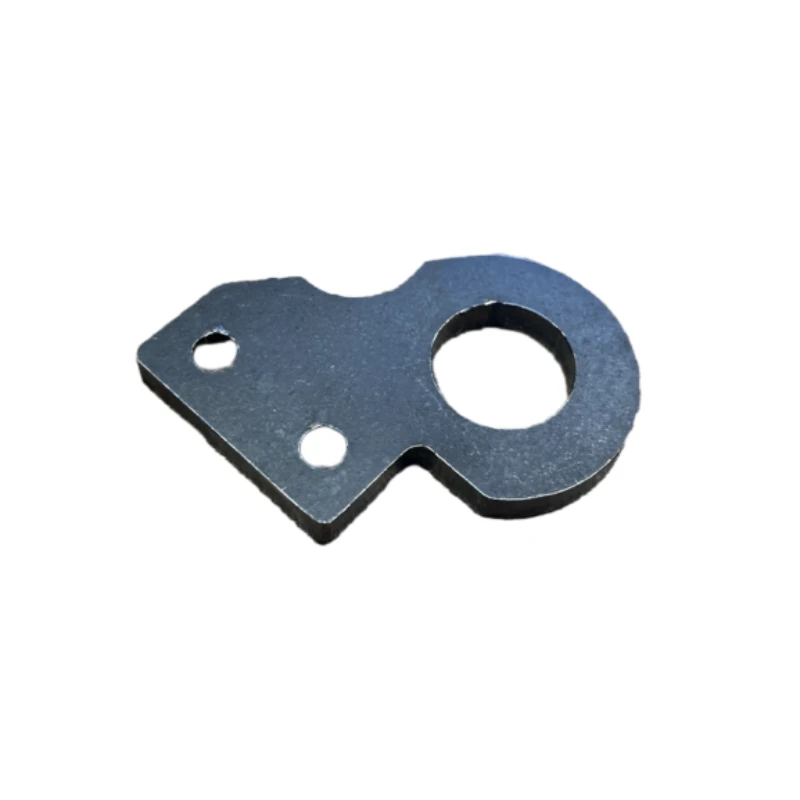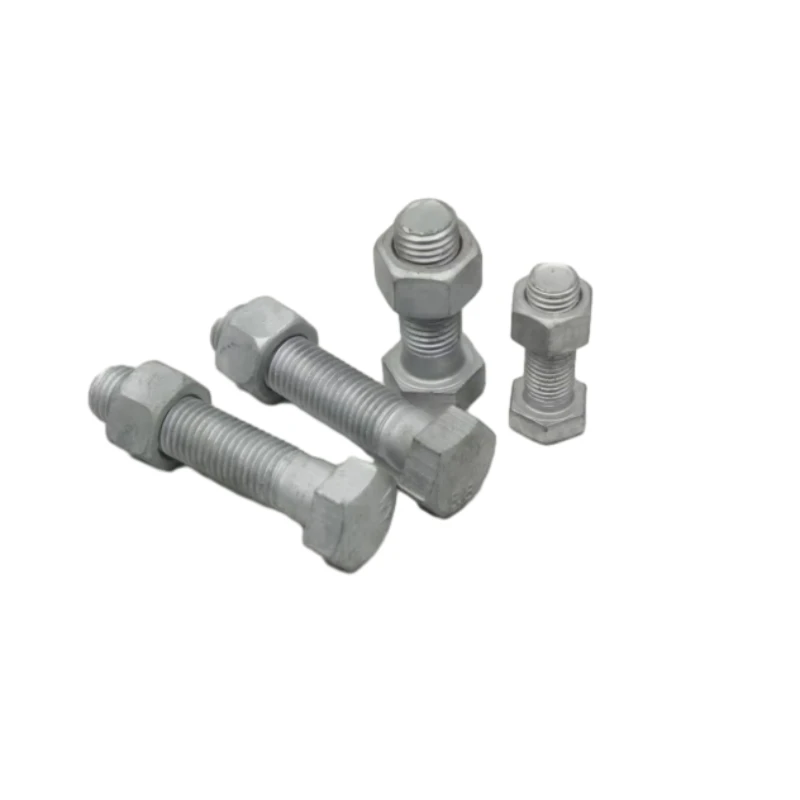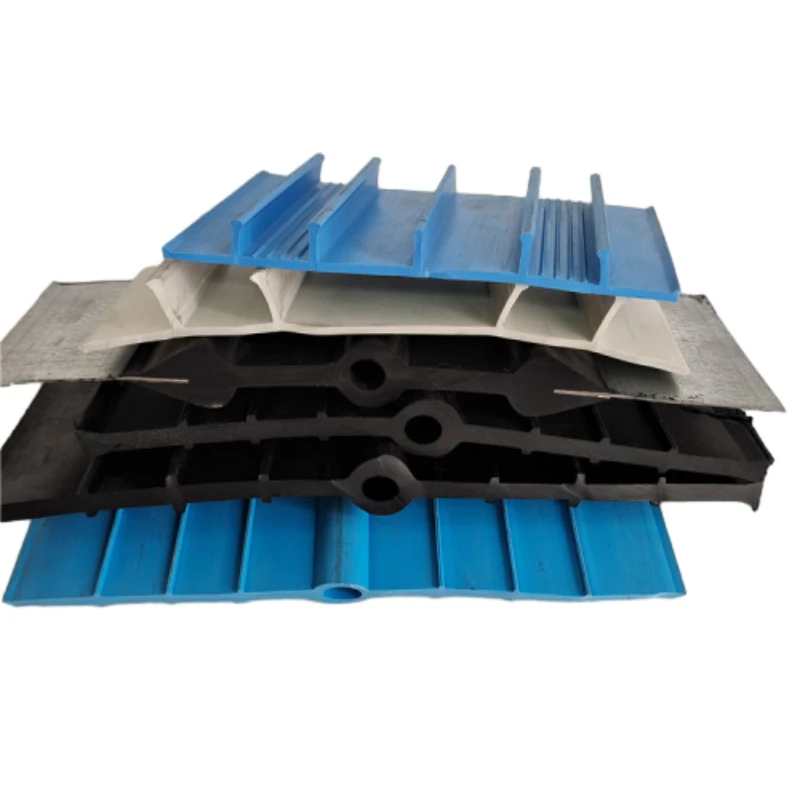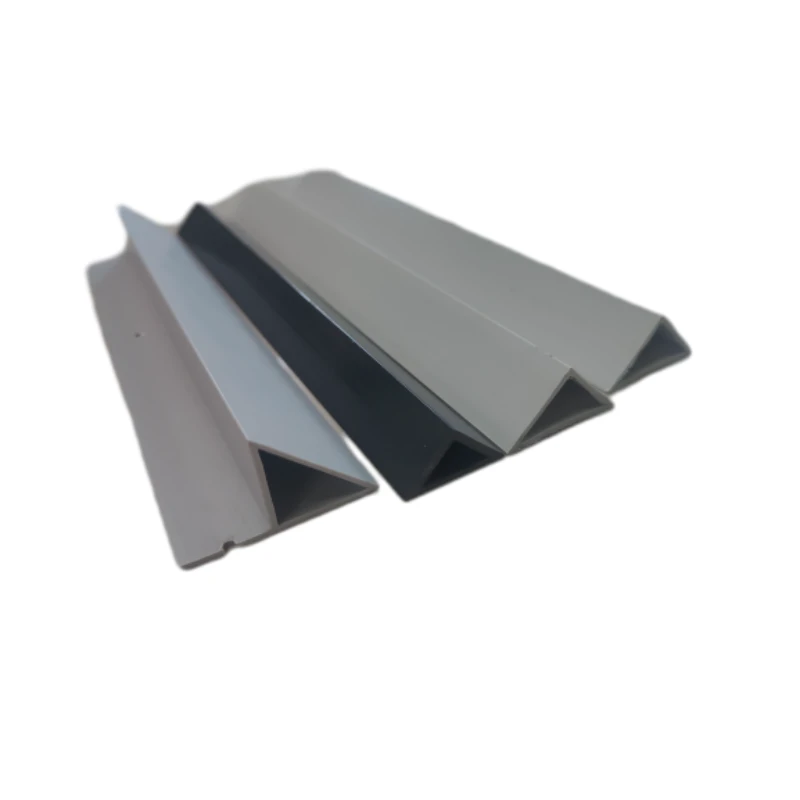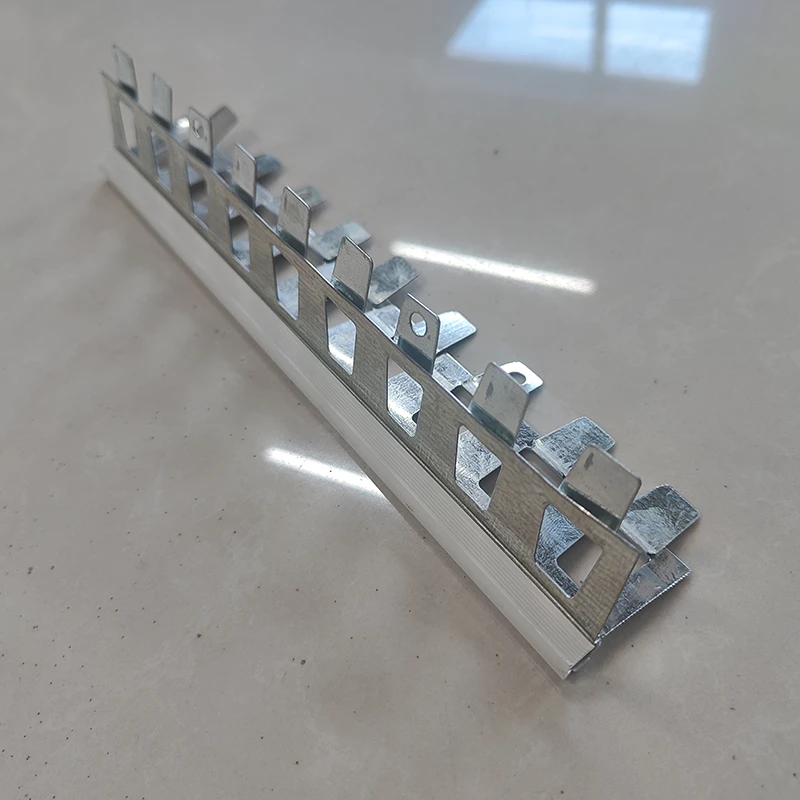Aug . 12, 2025 03:20 Back To List
Aluminium Formwork Shuttering: Efficient & Reusable Concrete Solution
The Evolving Landscape of Aluminium Formwork Shuttering in Modern Construction
The global construction industry is continually seeking innovative solutions that promise enhanced efficiency, superior structural integrity, and reduced operational costs. Among these advancements, aluminium formwork shuttering has emerged as a cornerstone technology, fundamentally transforming how concrete structures are poured. This sophisticated system offers a compelling alternative to traditional methods, delivering unparalleled benefits in terms of speed, precision, and sustainability. Its increasing adoption across diverse project types underscores a significant shift towards more industrialized and high-performance building practices. Understanding the intricate details of its manufacturing, application, and economic implications is crucial for stakeholders aiming for long-term success and competitive advantage in today's dynamic construction market.
The demand for robust, reusable, and lightweight formwork systems has driven extensive research and development. Aluminium formwork, characterized by its high strength-to-weight ratio and exceptional durability, provides a solution that addresses many challenges inherent in large-scale construction. From high-rise residential buildings to complex commercial and industrial facilities, its adaptability and systemic approach to concrete casting ensure faster cycle times and a smoother finish. This section will delve into the technical nuances and strategic advantages that position aluminium formwork shuttering as a preferred choice for future-proof construction methodologies.
Manufacturing Excellence: The Process Behind Aluminium Formwork Shuttering
The production of high-quality aluminium formwork shuttering involves a meticulously controlled manufacturing process, ensuring the panels and components meet stringent industry standards for strength, precision, and longevity. The primary material utilized is a high-strength aluminum alloy, typically 6061-T6, known for its excellent weldability, corrosion resistance, and structural integrity. The process often begins with the extrusion of raw aluminum billets into specific profiles that form the framework of the panels. These profiles are then precisely cut to size using CNC (Computer Numerical Control) machining, which guarantees dimensional accuracy critical for seamless assembly on-site.

Subsequent stages involve the fabrication of the panel faces, typically from aluminum sheets, which are then meticulously welded or riveted to the extruded frames. Precision is paramount at this stage to ensure a smooth, uniform surface that will impart a high-quality finish to the cast concrete. Post-fabrication, components undergo rigorous quality assurance checks, adhering to international standards such as ISO 9001 for quality management and ANSI (American National Standards Institute) for structural integrity. These inspections cover aspects like material composition, dimensional tolerances, weld strength, and surface flatness, guaranteeing that each panel delivers consistent performance.
For specialized components like the Waller Bracket, often used in conjunction with formwork systems, the manufacturing might involve advanced casting or forging processes to achieve specific geometries and enhanced mechanical properties. These brackets are crucial for securing the primary formwork panels and walers, distributing loads, and maintaining alignment during concrete pouring. The overall lifespan of a well-manufactured aluminium formwork shuttering system can exceed 300 reuses, significantly reducing material waste and overall project costs, making it a sustainable choice for various industries including petrochemical, metallurgy, and water treatment plants, where corrosion resistance and durability are critical.
Key Technical Advantages and Economic Benefits
The adoption of aluminium concrete formwork brings a multitude of technical and economic advantages that significantly improve construction project delivery. One of its most notable benefits is the remarkable speed of erection and dismantling. Due to its lightweight nature, aluminum formwork can be assembled and dismantled much faster than traditional timber or steel systems, leading to accelerated construction cycles. This directly translates into reduced labor costs and earlier project completion, which are critical factors in large-scale developments. Furthermore, the system’s modular design and standardized components simplify the construction process, requiring less skilled labor and minimizing potential errors.
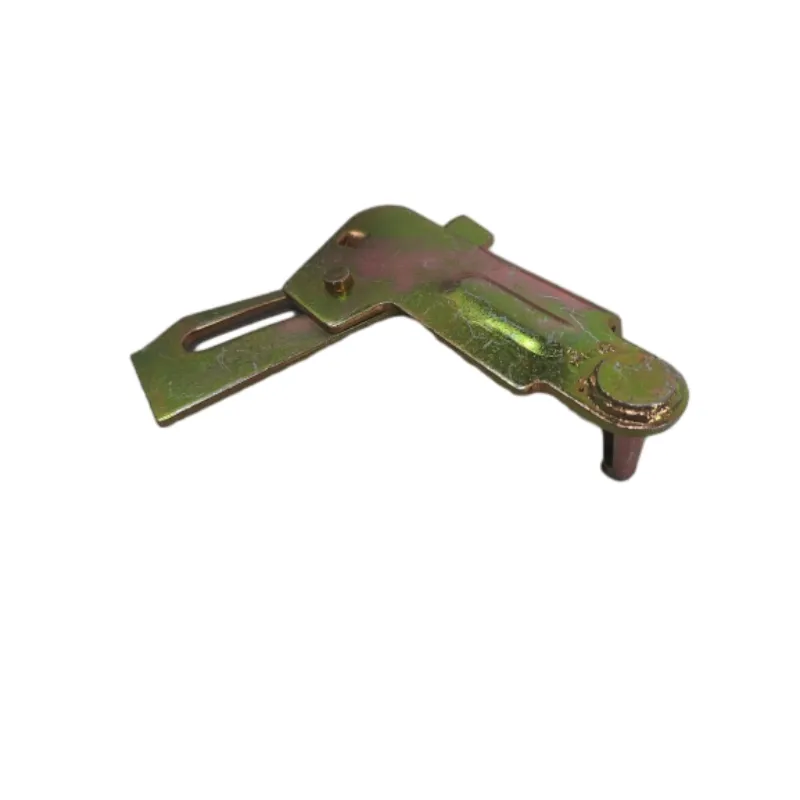
From an economic perspective, while the initial aluminium formwork cost might seem higher than conventional alternatives, its long-term cost-effectiveness is undeniable. The high reusability factor (over 300 cycles) drastically reduces the per-use cost of formwork. Moreover, the superior surface finish achieved with aluminum panels often negates the need for extensive plastering or finishing work, leading to significant material and labor savings post-casting. The inherent corrosion resistance of aluminum also means minimal maintenance and extended service life, further contributing to its overall economic viability. This holistic view of the total cost of ownership positions aluminum formwork as a strategic investment for any construction firm.
Compared to plastic construction formwork, aluminum systems typically offer greater rigidity and higher load-bearing capacity, making them suitable for taller structures and larger pours without compromising structural integrity. While plastic formwork excels in certain niche applications due to its very lightweight nature and ease of custom shaping, aluminium formwork generally provides superior mechanical properties, including tensile and compressive strength, making it ideal for robust, high-performance concrete structures. Its contribution to energy efficiency on site through rapid cycle times and minimal rework is also a significant, often overlooked, advantage.
Application Scenarios and Industry Adaptability
The versatility of aluminium formwork construction allows for its extensive application across a broad spectrum of projects, from residential and commercial buildings to complex infrastructure and industrial facilities. In high-rise residential projects, its speed of erection and repetitive cycle capabilities enable rapid floor-by-floor construction, significantly reducing project timelines. For commercial developments, such as office complexes and shopping malls, the system’s ability to produce consistent, high-quality concrete surfaces is highly valued, often eliminating the need for further finishing work and saving substantial costs.
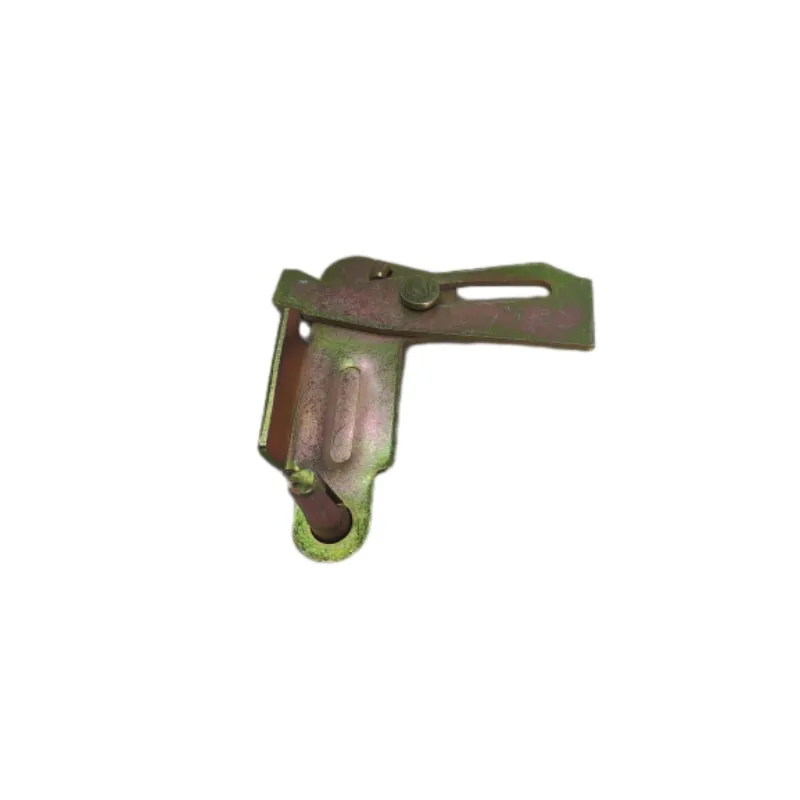
Beyond conventional building structures, aluminium formwork finds critical applications in specialized industries where specific performance criteria are paramount. In the petrochemical and metallurgy sectors, for instance, the formwork's anti-corrosion properties and high durability are essential for constructing foundations, walls, and slabs in harsh chemical environments. Similarly, in water and drainage projects, its consistent concrete finish ensures watertight structures for reservoirs, treatment plants, and culverts. The ease of handling and erection also makes it suitable for infrastructure projects like bridges and tunnels, where on-site efficiency and structural integrity are non-negotiable.
This system's adaptability extends to diverse structural elements, including walls, columns, beams, and slabs, making it a comprehensive solution for complete structural frameworks. The system’s inherent precision, due to standardized components, reduces the potential for dimensional inaccuracies, leading to structures that are not only aesthetically superior but also structurally robust and compliant with stringent building codes. This widespread utility underlines why investing in robust aluminium formwork shuttering solutions is increasingly becoming the standard for modern, high-quality construction.
Comprehensive Product Specifications and Performance Metrics
Understanding the detailed specifications of aluminium formwork shuttering is crucial for project planners and engineers to assess its suitability for specific applications. The performance of these systems is characterized by several key parameters, including material grade, panel thickness, weight per square meter, and reusability cycles. Below is a representative table outlining typical specifications for high-grade aluminium formwork systems, providing a clear technical benchmark for comparison. These parameters are directly linked to the system's efficiency, longevity, and overall return on investment for construction projects.
| Parameter | Typical Value | Description/Notes |
|---|---|---|
| Material Grade | Aluminum Alloy 6061-T6 | High strength, excellent corrosion resistance, commonly used in structural applications. |
| Panel Thickness (Face) | 3-4 mm | Provides optimal balance of rigidity and weight; ensures smooth concrete finish. |
| Panel Weight | 20-25 kg/m² | Lightweight nature facilitates manual handling and reduces crane dependency. |
| Load-Bearing Capacity | 60-80 kN/m² | Robust capacity suitable for high concrete pressures and varied structural elements. |
| Reusability Cycles | >300 cycles | Exceptional longevity drastically reduces the per-use cost over project lifecycle. |
| System Tolerance | ±2 mm | Ensures high dimensional accuracy, minimizing post-casting rework. |
| Surface Finish | Mirror-smooth (fair-faced concrete) | Eliminates or significantly reduces need for plastering and finishing. |
The Waller Bracket, a critical accessory in many formwork systems, is designed to enhance stability and ensure precise alignment. Typically manufactured from high-grade steel or cast aluminum, these brackets possess high shear strength and are designed for rapid engagement and disengagement, facilitating quicker assembly and dismantling. Their robust construction and standardized dimensions ensure compatibility with a wide range of standard waler and tie systems, further streamlining the aluminium formwork construction process.
Manufacturer Comparison and Custom Solutions
When considering investments in aluminium formwork shuttering, evaluating manufacturers based on their technical capabilities, quality certifications, and client support is paramount. Leading manufacturers differentiate themselves through innovations in panel design, advanced material science, and comprehensive engineering support. Key factors to compare include the type of alloy used, the precision of fabrication processes (e.g., robotic welding, advanced CNC machining), and the extent of quality control protocols, including adherence to ISO and ASTM standards.
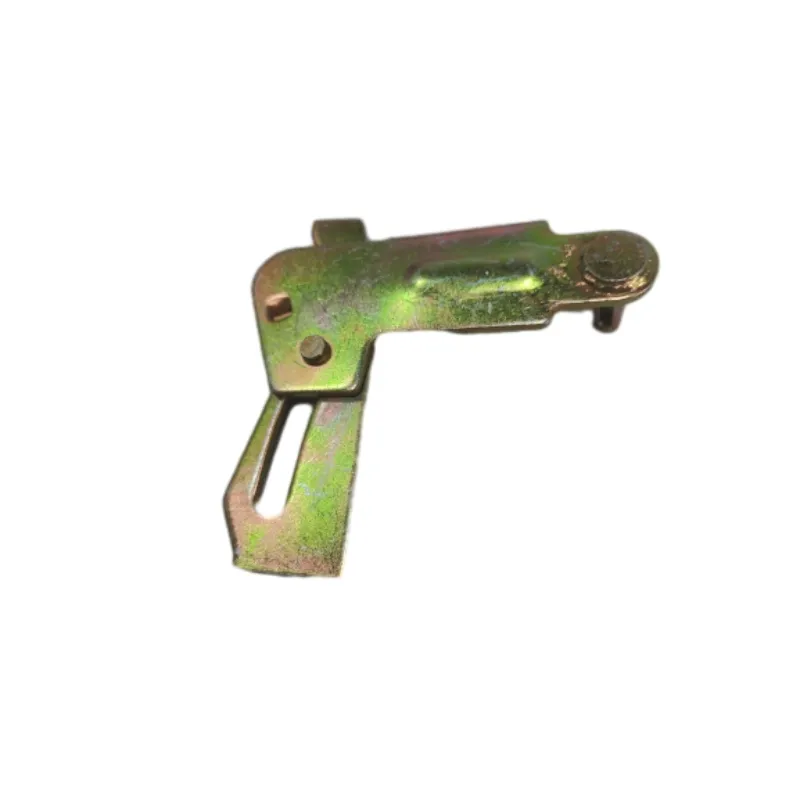
A crucial differentiator among suppliers is their ability to offer customized solutions tailored to specific project requirements. While standard panel sizes suffice for many applications, complex architectural designs, varied column shapes, or unique slab configurations often necessitate bespoke formwork elements. Reputable manufacturers provide extensive engineering design services, translating client blueprints into optimized formwork layouts and custom component fabrication. This includes designing custom infill panels, specialized corner pieces, or custom Waller Bracket configurations to meet unique load or dimension needs.
Such customization capabilities significantly reduce on-site modifications, minimizing waste and maximizing efficiency. Furthermore, a manufacturer's post-sales support, including on-site training, technical assistance, and maintenance guidance, adds immense value. Opting for a partner with proven expertise in delivering complex aluminium concrete formwork solutions ensures that the system integrates seamlessly into your project timeline and budget, maximizing the return on your initial investment and ensuring operational excellence.
Ensuring Trust and Authority: Our Commitment to Quality and Support
Our commitment to delivering excellence in aluminium formwork shuttering is underpinned by stringent adherence to international quality standards and a comprehensive support framework. We are proud to uphold ISO 9001 quality management certification, ensuring that every stage of our manufacturing process, from raw material procurement to final product inspection, meets the highest benchmarks for precision and durability. Our formwork systems, including specialized components like the Waller Bracket, undergo rigorous testing protocols to validate their tensile strength, compressive capacity, and longevity, often exceeding typical industry expectations.
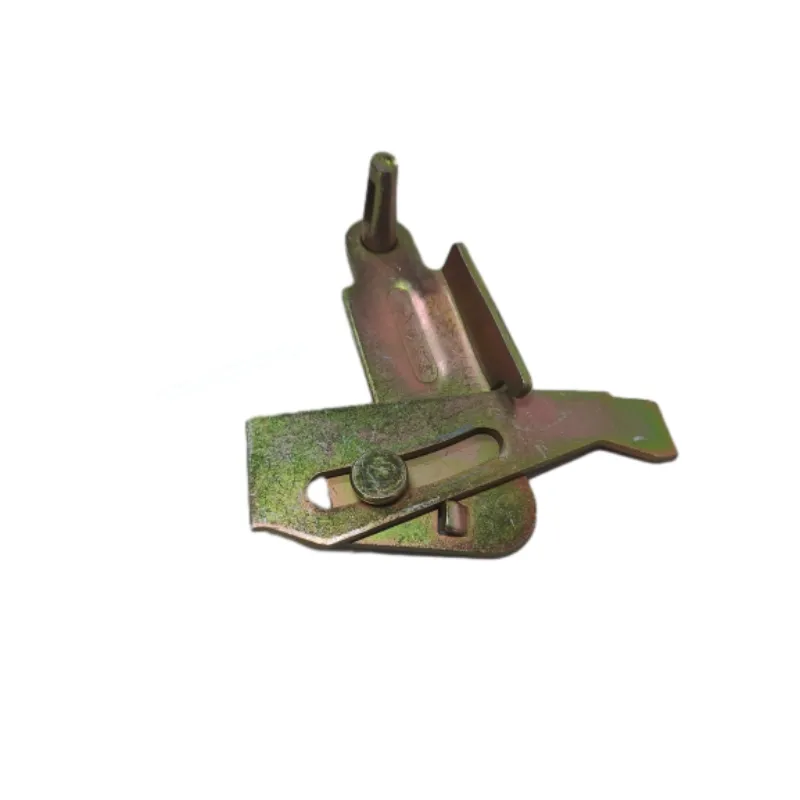
We have a strong track record, partnering with leading construction firms on numerous high-profile projects globally. Our extensive service years in the formwork industry have allowed us to accumulate invaluable experience, enabling us to anticipate and address client needs effectively. Client feedback consistently highlights the reliability of our systems, the ease of their deployment, and the significant labor and time savings achieved on site. This hands-on experience and continuous feedback loop are crucial for refining our products and services, ensuring we remain at the forefront of aluminium formwork construction technology.
Our dedication to trust and transparency extends to our customer support. We provide detailed guidance on the typical delivery cycles for bespoke and standard orders, working closely with clients to meet project timelines. Furthermore, all our products come with a comprehensive warranty that covers manufacturing defects and material integrity, providing peace of mind. Our dedicated technical support team is always available to assist with on-site issues, system optimization, and training, ensuring that you maximize the potential of your aluminium formwork shuttering investment.
Frequently Asked Questions (FAQ)
- Q: What is the typical lifespan of aluminium formwork shuttering?
- A: High-quality aluminium formwork shuttering systems are designed for durability, offering over 300 reuses under proper maintenance and handling. This extensive reusability significantly lowers the per-use cost compared to traditional formwork materials.
- Q: How does aluminium formwork affect construction timelines?
- A: Due to its lightweight nature, modular design, and simplified assembly process, aluminium formwork drastically reduces erection and dismantling times. This enables faster concrete pouring cycles, accelerating overall project completion by up to 50% in many cases.
- Q: Is customisation available for specific project needs?
- A: Yes, leading manufacturers provide extensive customisation services. This includes engineering design to produce bespoke panels, infills, and specialized accessories like specific Waller Bracket designs, ensuring the system perfectly aligns with unique architectural and structural requirements.
- Q: What are the main maintenance requirements for aluminium formwork?
- A: Maintenance for aluminium formwork shuttering is minimal. It primarily involves cleaning the panels after each use to remove concrete residue and periodically inspecting for any damage. Proper storage also extends the lifespan, protecting panels from harsh elements when not in use.
- Q: How does the initial aluminium formwork cost compare to traditional systems?
- A: The initial investment for aluminium formwork is typically higher than timber or steel. However, when considering the total cost of ownership over multiple projects, including savings from reduced labor, faster project completion, minimal maintenance, and high reusability, aluminium formwork proves to be significantly more cost-effective in the long run.
References
- Smith, J. (2022). "Advances in Sustainable Formwork Technologies." Journal of Construction Engineering and Management, Vol. 148(4), pp. 04022010.
- Kumar, P. (2021). "Economic and Environmental Impact of Aluminum Formwork Systems in High-Rise Construction." International Journal of Engineering Research & Technology (IJERT), Vol. 10(7), pp. 248-253.
- Wang, L. (2020). "Comparative Analysis of Formwork Systems for Concrete Structures: Steel vs. Aluminum vs. Timber." Construction and Building Materials, Vol. 250, 118945.
Latest News
-
Different Types of Bolt Nuts: Find Perfect Fasteners HereNewsAug.15,2025
-
Premium Roofing Materials: Durable & Reliable Building SolutionsNewsAug.14,2025
-
Premium Concrete Form Ties: Secure & Efficient Formwork SolutionsNewsAug.13,2025
-
Efficient Ground Beam Shuttering for High-Rise ConstructionNewsAug.11,2025
-
Secure Formwork Clamps for Concrete & Column ConstructionNewsAug.10,2025



